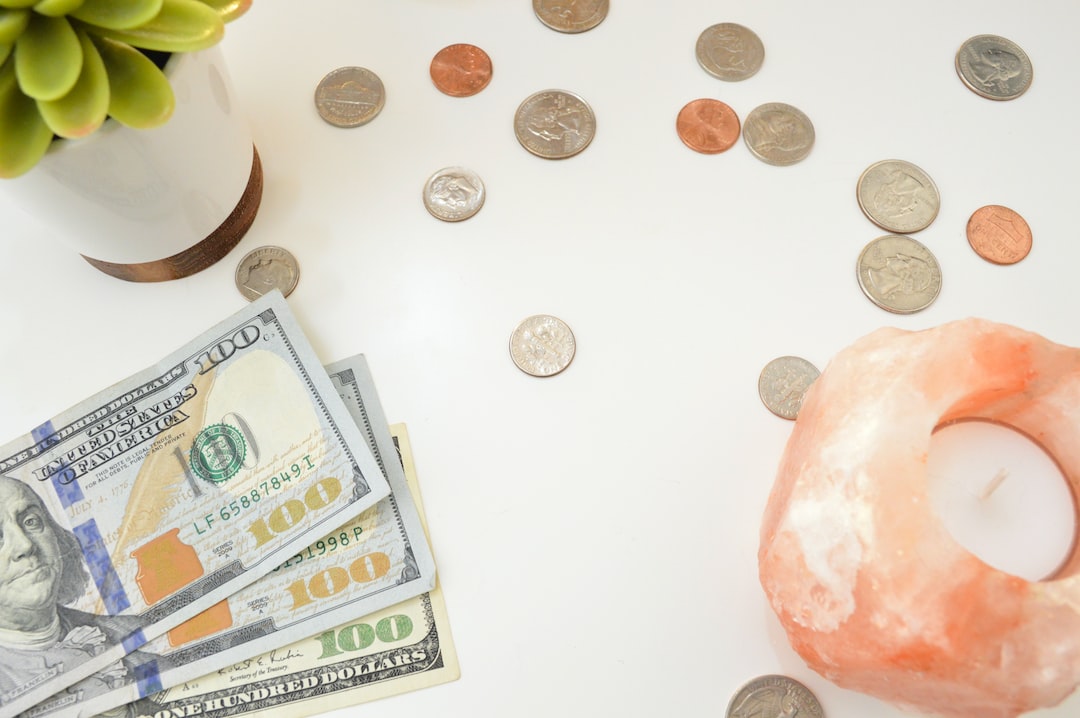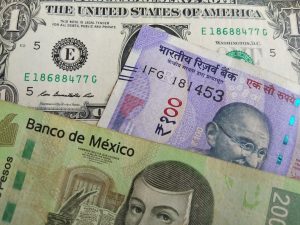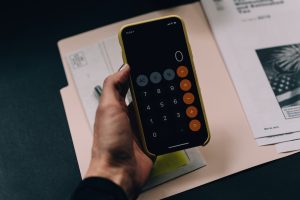Forex trading is a popular investment option for retail traders, who have access to a wide range of financial instruments and trading platforms. One of the key factors that determine the success of forex trading is the position size, which refers to the amount of currency a trader buys or sells in a single trade. The larger the position size, the higher the potential profits or losses, and the greater the risk.
In this article, we will explore the largest forex position size that a retail trader can take, and the factors that influence it.
What is the position size in forex trading?
The position size in forex trading refers to the amount of currency a trader buys or sells in a single trade. It is measured in lots, which are standardized units of currency, and varies depending on the broker and the trading platform.
For example, a standard lot in forex trading is equal to 100,000 units of the base currency, while a mini lot is equal to 10,000 units, and a micro lot is equal to 1,000 units.
The position size is important because it determines the amount of risk and reward in a trade. A larger position size can result in higher profits or losses, but also carries a higher risk of margin calls and account depletion.
What is the largest forex position size for a retail trader?
The largest forex position size that a retail trader can take depends on several factors, including the account balance, leverage, and margin requirements.
Account balance
The account balance is the amount of money a trader has in their forex trading account, which determines the maximum position size they can take. For example, if a trader has an account balance of $10,000 and a broker requires a margin of 1%, they can take a position size of up to $1,000,000, or 10 standard lots.
However, it is important to note that a larger position size also increases the risk of margin calls and account depletion, especially if the market moves against the trader.
Leverage
Leverage is a financial tool that allows traders to control a larger position size with a smaller amount of capital. For example, if a broker offers a leverage of 1:100, a trader can control a position size of $100,000 with a margin of $1,000.
However, leverage also increases the risk of losses, as a small price movement can result in a large loss if the position size is large. Therefore, it is important for traders to use leverage wisely and understand the risk involved.
Margin requirements
Margin requirements are the amount of money a trader needs to deposit in their trading account to open and maintain a position. It is calculated based on the position size, leverage, and the currency pair being traded.
For example, if a trader wants to open a position size of 1 standard lot in the EUR/USD currency pair, and the broker requires a margin of 1%, they need to deposit $1,000 in their trading account.
If the account balance falls below the margin requirement, the broker may issue a margin call, which requires the trader to deposit more funds or close the position to avoid a margin call.
Factors that influence the largest forex position size
The largest forex position size that a retail trader can take depends on several factors, including:
– Account balance: A larger account balance allows for larger position sizes, but also increases the risk of losses.
– Leverage: Higher leverage allows for larger position sizes, but also increases the risk of losses.
– Margin requirements: Higher margin requirements reduce the maximum position size a trader can take, but also reduce the risk of margin calls and account depletion.
– Currency pair: Different currency pairs have different margin requirements, which affect the maximum position size a trader can take.
Conclusion
The largest forex position size that a retail trader can take depends on several factors, including the account balance, leverage, and margin requirements. While a larger position size can result in higher profits, it also carries a higher risk of losses and margin calls. Therefore, it is important for traders to understand the risks involved and use proper risk management strategies to protect their trading account.





